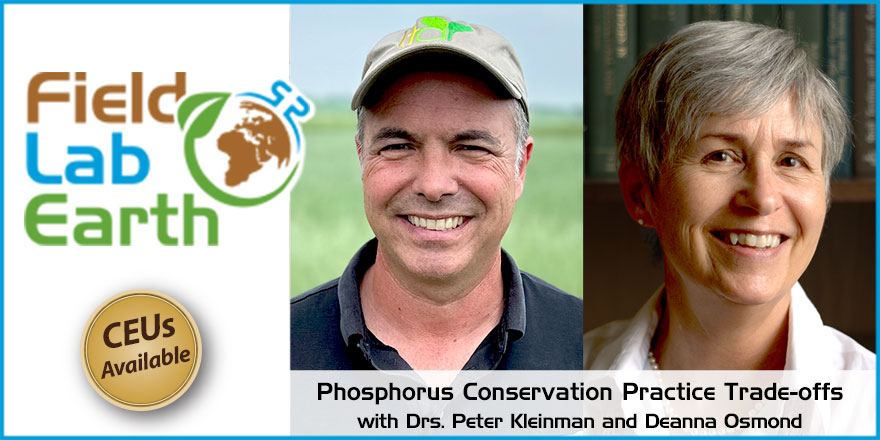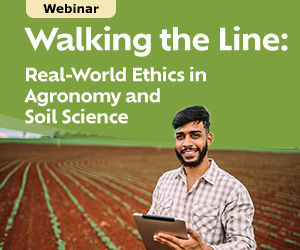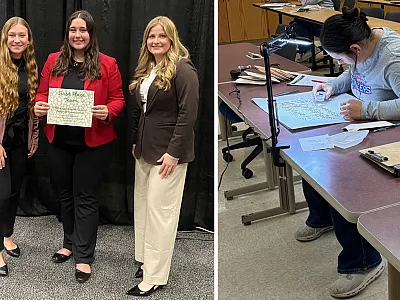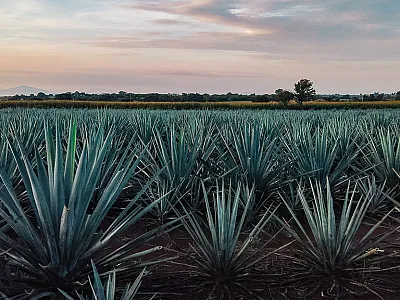Phosphorus Conservation Practice Trade-Offs

Conservation practices are important techniques that help us move towards a more sustainable planet. But when these tools are applied without proper testing and a holistic point of view, they can sometimes cause unintended consequences or trade-offs that affect the surrounding environment. This podcast episode will discuss common trade-offs that can impact tools that manage phosphorus and how to avoid these potential pitfalls.
Self-Study CEU Quiz
Listen to the podcast by visiting https://fieldlabearth.libsyn.com or via your podcast platform of choice. Earn 0.5 CEUs in Nutrient Management by taking the quiz at https://bit.ly/42EV20p.
1. Traditionally, phosphorus management strategies have focused on sediment runoff without focusing on soluble P.
- True.
- False.
2. ACT stands for:
- Accurate, Complete, Time Bound.
- Advise, Correct, Test.
- Avoid, Control, Trap.
- Amplify, Connect, Teach.
3. Which of the following was listed as a potential trade-off of conservation tillage and cover crops?
- Increased risk of run-off from lack of stirring soil.
- Stratification of nutrients.
- Increased soluble phosphorus from cover crop organic materials.
- All of the above.
4. Which of the following was given as a reason that wetlands can become sources instead of sinks?
- Oversaturation of phosphorus.
- Oxidative states changing.
- Vegetation breakdown.
- All of the above.
5. Soil testing can be one of the most important steps to monitor and prevent phosphorus loss regardless of where you are.
- True.
- False.
Text © . The authors. CC BY-NC-ND 4.0. Except where otherwise noted, images are subject to copyright. Any reuse without express permission from the copyright owner is prohibited.








